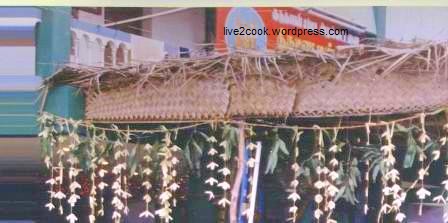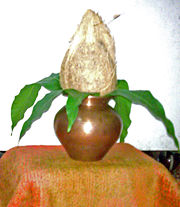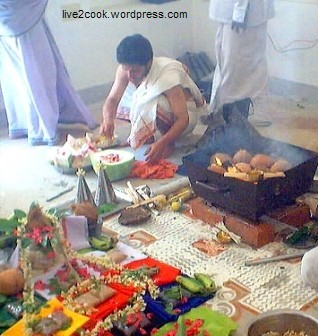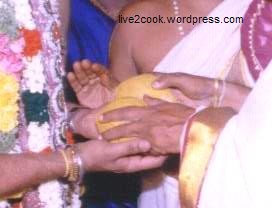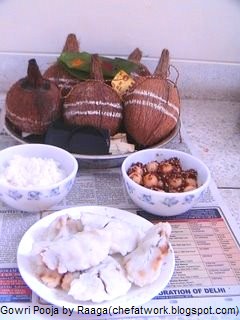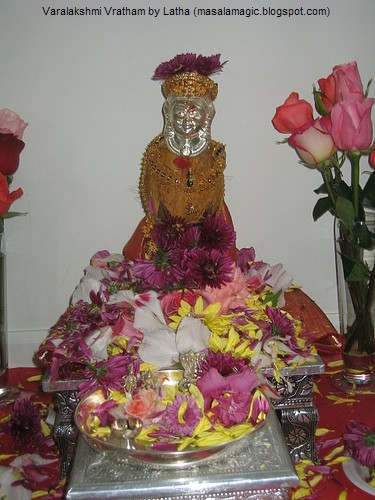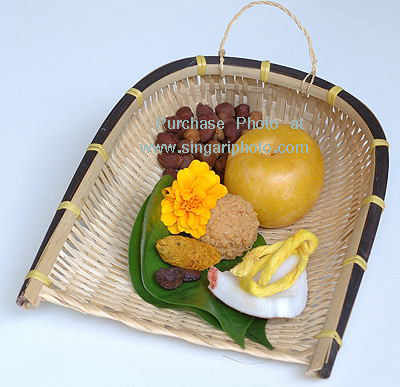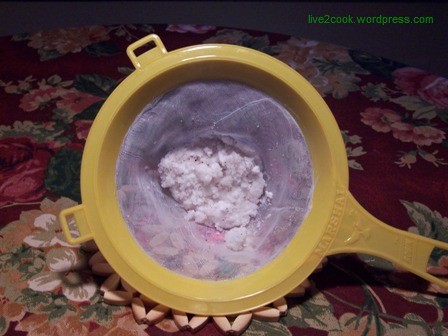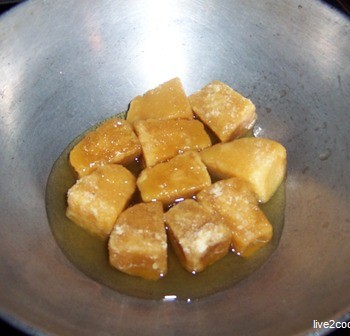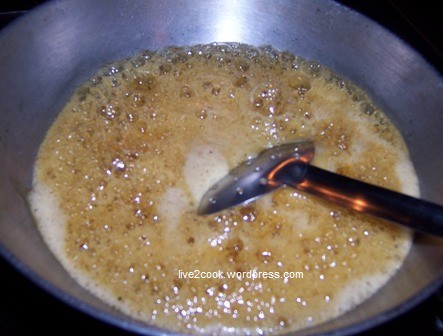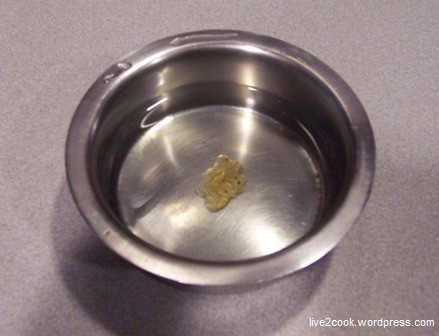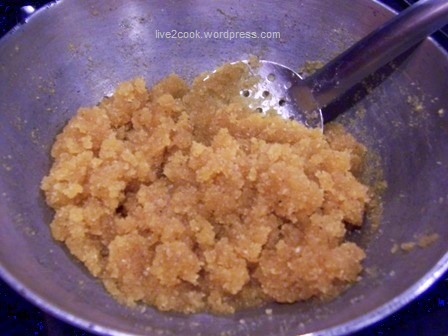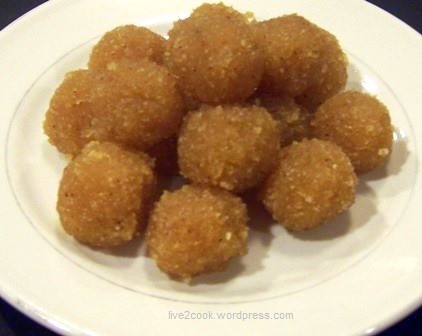Coconut Series VI – Our Traditional Tributes June 30, 2008
Posted by live2cook in Coconut Series, General.Tags: Coconut series traditional celebrations
3 comments
When we look at the different traditions in this world, there is always a significant place for fruits and other produce. The produce that grow in abundance in a geographic location are reflected in historical and traditional events of that location.
Coconut is one among the abundant produce of tropics of India. So it is treated as the first fruit and used in every traditional event in our homes. I would like to share some of those in this post.
We start our celebrations and ceremonies by decorating the homes with coconut leaves. The decorations brings happiness and joy of celebrations.
Each and every traditional event will start by offering prayers to “Poorna Kumbha” or “Poorna Kalasha” which reflects the “Source of life”.
(Courtesy : Wikipedia)
Coconuts are offered in the “Homam” which is a worship of Fire.
In Hindu marriage ceremonies, the father of the bride agrees to give his daughter’s hand in marriage to the bridegroom. Coconut is treated as the object of witness in this ceremony.
Why do we treat coconut as the witness? Because coconut is considered as God in Hinduism. The three dark spots in the coconut reflects the three eyes of Lord Shiva. We treat coconut as the deity in our worships. Read ahead to find how our blog friends offered prayers.
Raaga of Chefatwork decorates coconut as Goddess Gowri for the “Gowri pooja“. (Photo used with permission from Raaga)
(Thank you!!! Raaga)
Latha of Masala Magic decorates Coconut as Goddess Varalakshmi for the “Varalakshmi Vratha“. (Photo used with permission from Latha)
(Thank you!!! Latha)
At the end of the traditional ceremonies we offer “Thambulam” as the hostess gift. Coconut is tone of the important item in Thambulam. Here’s how Indira of Mahanandi sets up the Thambulam for her guests. (Photo used with permission from Indira)
(Thank You!!! Indira)
Undoubtedly, Coconut plays a key significant role in our Tradition and is considered near and dear in all special events.
I would like to Thank you for joining me in this Coconut Series and for encouraging me to share my thoughts and observations on the amazing fruit “Coconut”.
Coconut Series V – A Dessert – Thengai Pooranam June 27, 2008
Posted by live2cook in Basics, Coconut Series, Desserts.Tags: Coconut series thengai pooranam
4 comments
One day when I was returning from work, there was a discussion going on between a group of ladies in the train. They were talking about the rising prices and the economy. When the talk turned towards the earlier generations and the huge families, the elderly lady in the group started explaining how her grandma used the available resources wisely and concluded that we should learn the “Waste not, want not” attitude from them.
I was impressed in my heart. I happened to see my parents feed 9 members with my dad’s salary (At that time, my mom had not started her career), I know my Grandma and Mom followed the same frugal attitude. Even after my mom started working, she was frugal to save for the future. She always thought about investing money for our studies and Marriage. If not for my Mom’s frugality, we wouldn’t have finished our studies and got a decent marriage. She never wasted a thing and always found a second use for things before sending them to trash.
Being brought up by two great women who were not only conscious about what goes into the plates but were also conscious about what goes into the waste, I think I have some of their frugal qualities too. That is why when I saw the fibrous residue of Coconut after extracting the fresh coconut milk, I decided to use it in other recipes than throwing it down the drain.
First I decided to use in the Coconut Kachori. But DH was telling that he wanted something sweet. When I said that I was there 😉 , he said that he meant something sweet to eat 😛 . So, I decided to make this simple dessert with coconut, Thengai Pooranam which means “Coconut filling”.
Ingredients:
3 Cups Fresh Coconut, Shredded (I had 1 1/2 cups of fibrous residue. I added 1 1/2 cup of fresh coconut to that)
10 counts of Jaggery cubes or 2 cups of turbindo sugar
1/4 Cup Water
1/2 tsp Cardamom powder
Method:
1. Take the coconut in a food processor and chop to a fine powder. No need of adding water.
2. Take the Jaggery along with the 1/4 cup water in a large saucepan. Place on the stove and turn on the heat.
3. The jaggery will melt and start bubbling. Stir once in a while to avoid overflow.
4. When the jaggery has melted completely, take 1/2 cup of cold water in a small cup and drip few drops of the bubbling syrup to the water.
5. Check whether the sugar drops dissolve in the water. If they do, then the syrup is not ready yet. Keep boiling and checking in regular intervals, say 5- 7 minutes.
6. When the Sugar drops stays undissolved in the water for more than a minute, then the sugar syrup has reached the consistency.
7. Add the cardamom powder and mix well.
8. Add the Ground coconut and mix well until blended.
9. Turn of the heat and allow to cool enough to handle.
10. Shape into walnut sized balls and enjoy.
We can use the Pooranam for Modhak or Kozhukkattai as we call in Tamil and in Puran poli. But since these are made only for special occasions, we used to make only the pooranams to enjoy as dessert. These can be made with dried coconut powder too. The shelf life is longer when made with dried coconut. If you use fresh coconut, this dessert will keep well in fridge for upto two weeks.
This is my third in the 1-in-3 collection that I am going to send for the AFAM event hosted by Suganya. To talk about the momentous place Coconut holds in our tradition and to give tribute to this amazing Fruit, Join me for the next post.
